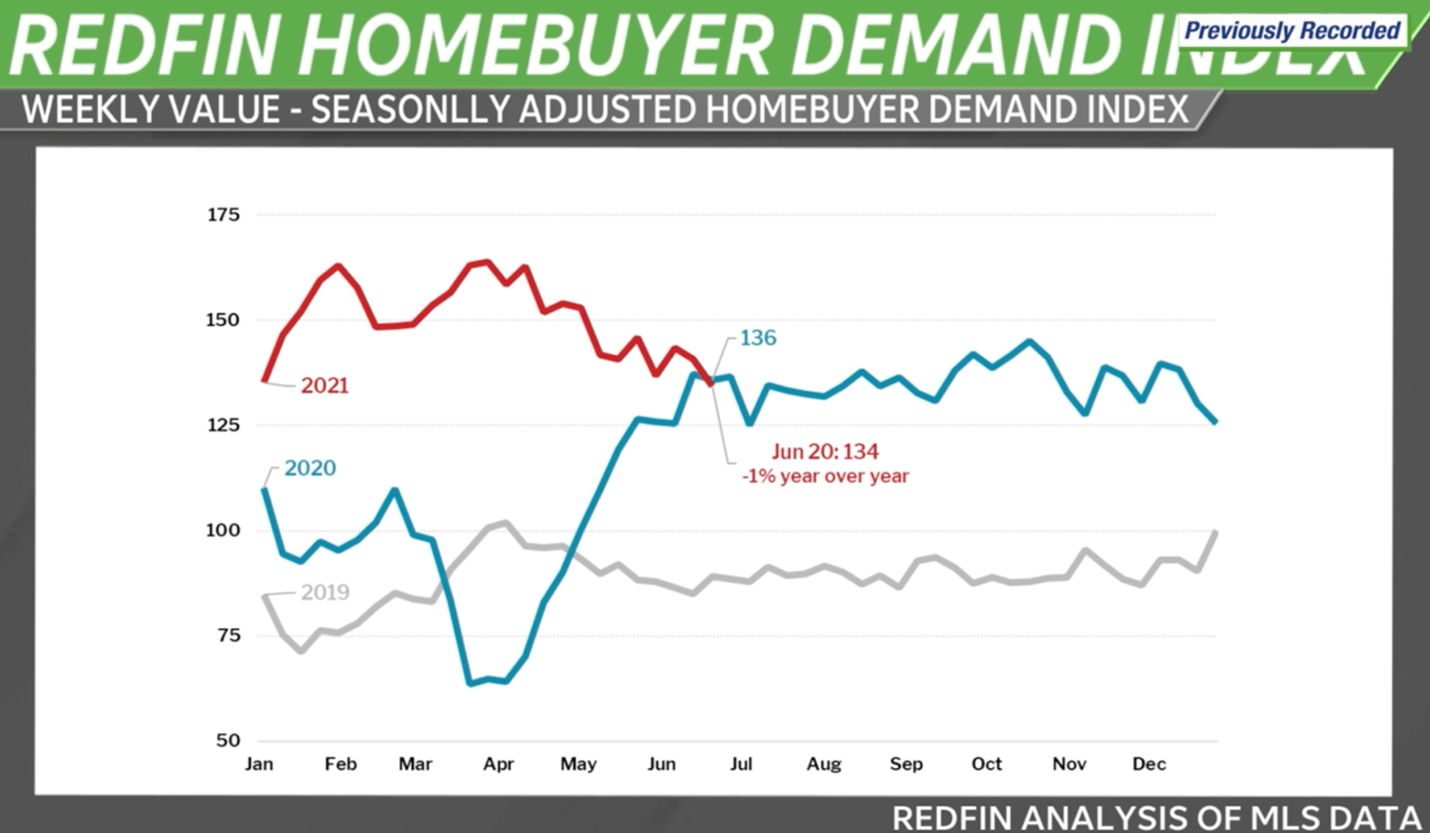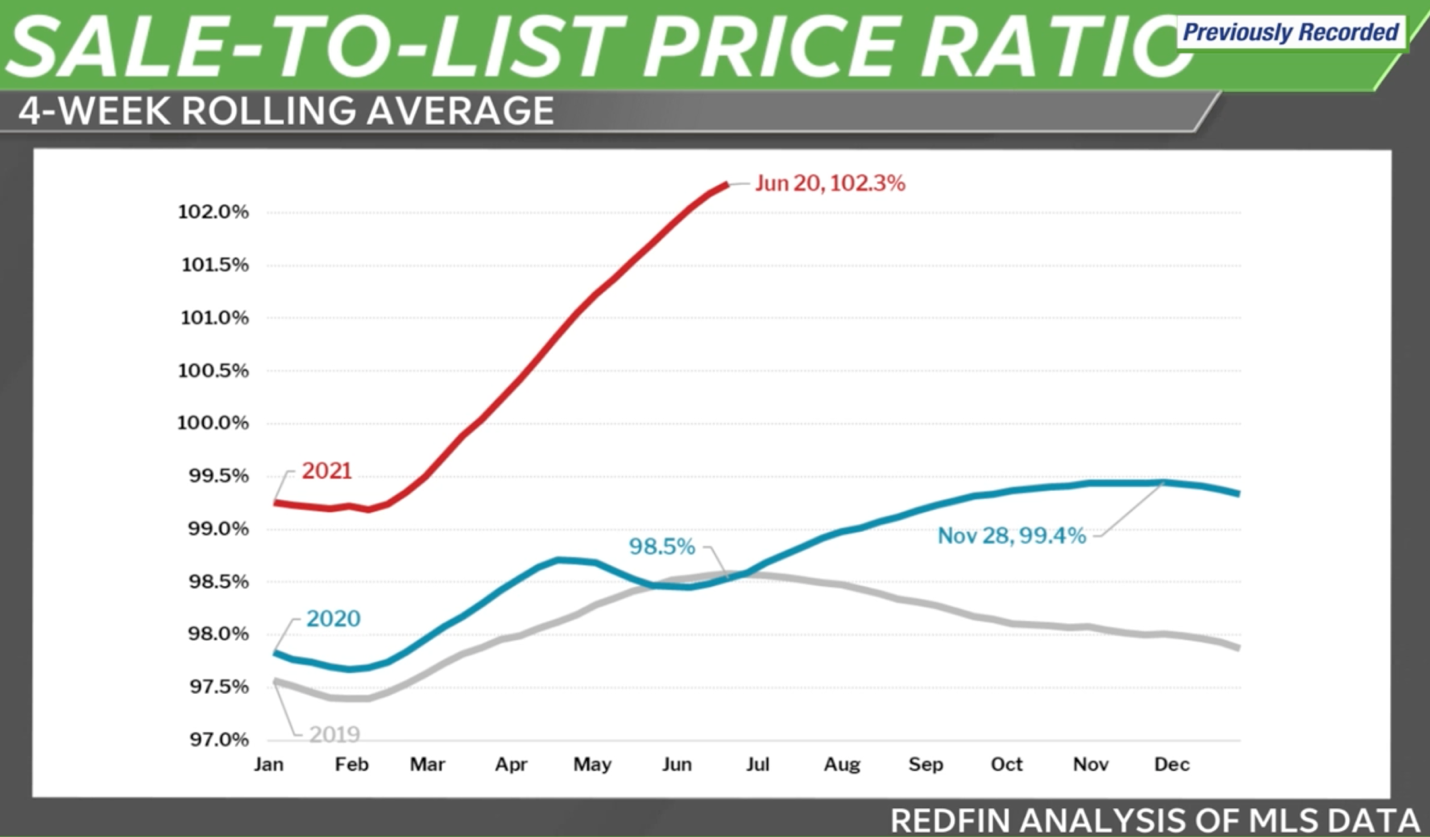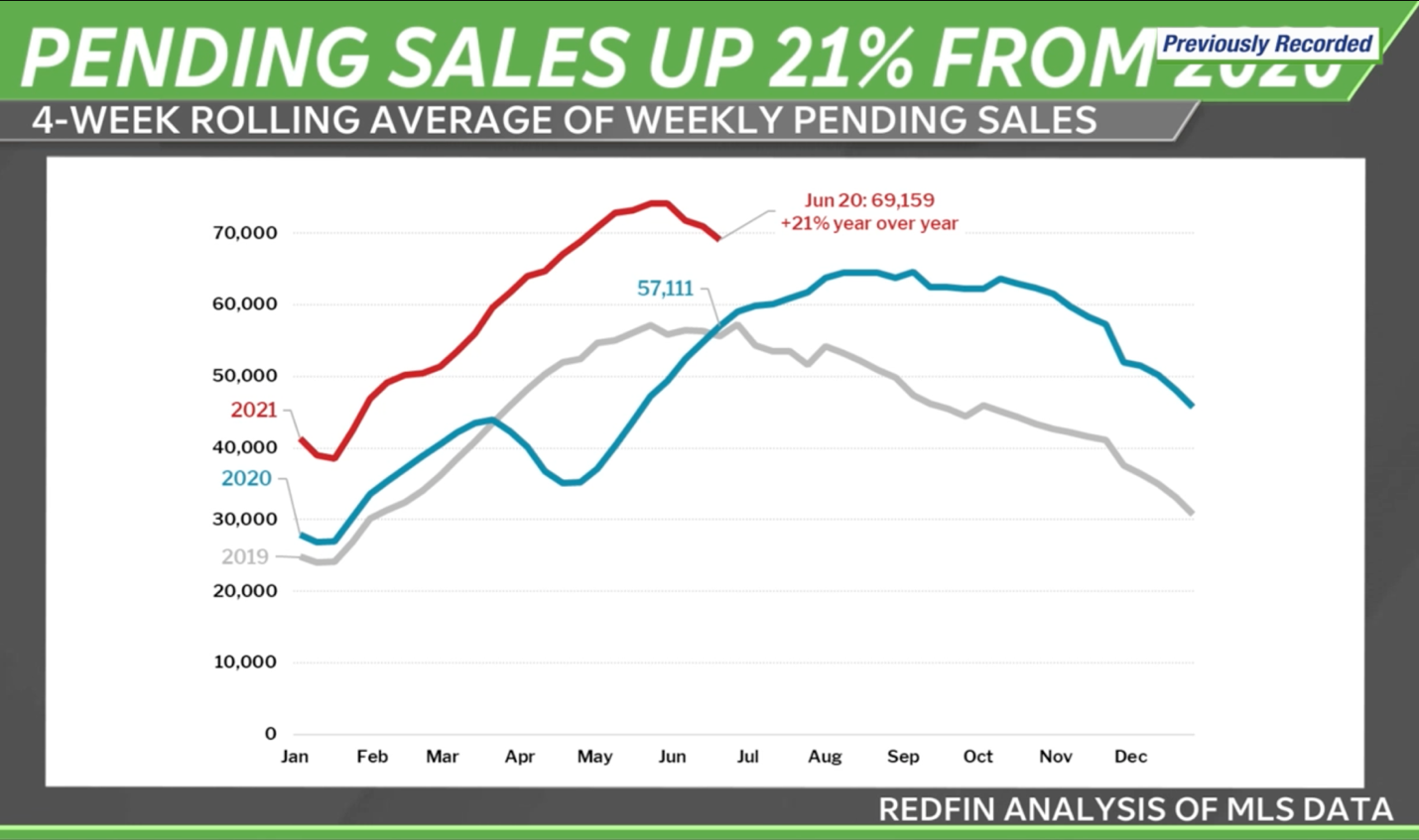Driving the Residential Market
The San Diego apartment market continues to be on fire with multiple offers on each appropriately priced multifamily offering. Cap rates below 4% are becoming a reality. Rents are continuing to rise, vacancies are declining, and the number of units available is shrinking. Vacancies are at 2.4%, rent growth is at 12.8% across the board where newer buildings increased in the 15-17% range. When COVID hit, it pushed most renters away from the coast in search of lower rental rates and now the focus has shifted back to coastal markets. Asking rents across the county have increased an average of 17% year of year with the average rent being $2,600/month. New construction will be adding 7,300 multifamily units to the market, mostly to Mission Valley and Downtown, but this is unlikely to relieve the pressure as demand far out paces supply.
Many investors varying in size from individual, private equity and REIT level players utilized the pandemic to invest back into their buildings, adding value while taking advantage of historically low rates, and doing cash out refinances. That cash has been aggressively looking for placement here in San Diego among other desirable markets throughout the country. Additionally, there are exchange funds available from investors seeking a change in priorities such as flight to quality, more cash flow or moving out of state in hopes for less local government regulations. This is similar, though not as drastic, to the great shake-up the housing market experienced through the pandemic. Record low financing seems to continue to drive the market to new highs.
In today’s market, most apartment buildings, unless overpriced or under marketed, have multiple offers, at asking, or over, combined with aggressive terms such as: buyer pay broker fee, buyer pay for retrofit items, seller escrow extension, or buyer to release deposit. I have yet to see the wave of non-contingent offers like we did in 2016, though my sense is that we’re close. The market climate appears that the aggressive offer activity that we’ve seen with housing throughout late 2020/early 2021 has been spilling into apartment market for 2021.
The common sentiment from experienced investors of multifamily agree that increasing interest rates will eventually slow this market down. Though if you’re in a market with strong economic drivers, attracting people into the local economy, jobs generating, local universities thriving and among other key factors that a place like San Diego County features, you’ll get a hot market, more people plus more demand for rental units, thus driving up market rents along with the value of each apartment building without signs of slowing down and, room for growth.
The housing market can be an additional indication of the future with homes sales in the past few months softening a bit once summer hit, though continues to show signs of strength and demand, even in the luxury end with the $10-$20M market showing strong activity here in San Diego. A home in my mother-in-law’s Oceanside neighborhood recently sold for $900,000, that’s $300k higher than the last 4 homes that sold in the past year in this same, small enclave of standard, 1980s construction homes. My father bought a $700k condo in 2007 in Solana Beach, top floor, sweeping Ocean Views, though basic construction, built in the 1960s, with minimal amenities, community washer/dryer, zero insulation, and aluminum windows. It took over 12 years for the value to bounce back for that unit. Just this last May, the same unit on the opposite corner sold for $1.525M and another for a $1.3M on the first floor.
For the housing market, the consensus in most of SoCal is that May and June were hot, then July and August saw a slowdown most likely due to the availability of travel that many people have put off for over a year due to the Pandemic. Then once home buyers settled back into September after vacations and summer, we experienced an increase in activity. The median prices of single-family homes here in San Diego has reached closer to $1M. Most residential agents still feel it’s a seller’s market, not as strong was it was in March of 2021, though still a market where buyers are offering to pay more than list price with the market continuing a stable track until Q1 of 2022. Since the pandemic first hit and the ability to work from home, buyers from Northern California, Silicon Valley and San Francisco started coming down with strong offers with about one out of four luxury buyers coming from San Francisco or LA.
Recent Redfin data is showing that buyers are stepping back, interest rates have crept up and home pricing is reaching the limit for many buyers. Referencing the Redfin Homebuyer Demand Index below, you’ll see the 2021 Homebuyer Demand trended below 2020 levels during the same period. Redfin is seeing early indicators of buyers cooling off, including less people Googling “Real Estate For Sale” though the market might take some time for the indicators to show up in home pricing data.

In the second chart, you can see the sale-to-list price ratio is completely off the charts compared to 2019 and 2020 at 102.3% versus the normal mid to high 90% range. Unless supply comes in a huge wave, the demand should continue to increase in addition to income levels continuing to rise, per Redfin, further supporting the overbidding. And not to overlook some commonsense variables, San Francisco income can now work in San Diego and overpay for a house which to them looks cheap. Or the same scenario for a Southern California buyer moving to Boise, Idaho and overpaying for a home thus blocking out the average Boise local buyer.

Moving on to the rental market, demand for rental units hit record highs this third quarter of 2021 with 255,094 unit absorbed from July-September, the biggest quarterly absorption since the 1990s per GlobeSt and RealPage, with 597,354 total for the year. The prior peak was 380,000 units in Q3 of 2018 with the average rate from 2010 to 2020 at 250,000 units per quarter. Data shows that Class A product across the country and here in San Diego has shown the most strength, due to the high cost of housing combined with the ultra-competitive home buying market and household formation increases. Of note, markets such as NYC, San Francisco, LA, Oakland, DC, and Chicago are all making comebacks as well. In certain markets like Riverside/San Bernardino and Sacramento, absorption capped out due to lack of available supply. RealPage is predicting demand for apartments to remain above the historical averages though likely to ease from the heights we have seen so far in 2021. Younger renters who previously couldn’t afford the rents in major metro regions have led the charge in taking advantage of cheaper than usual rents for places like NYC, LA and SF, with rents that have now reached at about the same, if not above, pre-pandemic rates in all the metros aside from SF. Of note, Sunbelt markets are seeing a boom of build to rent homes which may offer competition to apartment rentals nearby for those seeking more space plus yards.
What does this all mean for the apartment investor? Expect San Diego to continue its run in Single-Family Home, Condo and Apartment demand and a competitive environment of multiple offers as long as interest rates remain low, working from home flexibility continues and the favorable economic drivers and lifestyle fundamentals in a market such as San Diego remain. All these factors will continue to push up rental rates and values. San Diego will continue to have strong interest from local investors, REITs and private capital coming in from Los Angeles, Orange County, San Francisco and New York seeking higher yields, less regulation and more opportunity for long-term appreciation.









